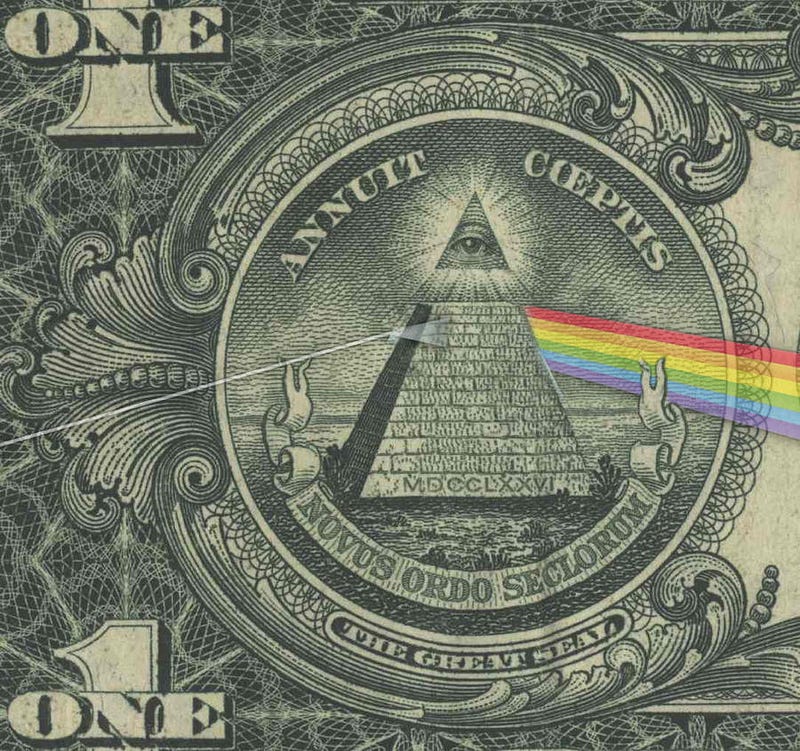The Enigmatic Coin Division Puzzle: A Mathematical Exploration
Written on
Chapter 1: Introduction to the Coin Puzzle
Mathematics holds an inherent beauty, as noted by Proclus, the ancient Greek philosopher. In our increasingly cashless society, coins may seem to fade from our everyday experiences. However, what better way to rekindle that connection than through an engaging mathematical puzzle?
The Challenge:
Consider a total of 1000 coins stacked together. Your task is to split them into two groups and compute the product of the quantities in each pile. Afterward, take one of these groups, divide it again into two smaller groups, and repeat the process, calculating the product each time. This continues until every pile contains just one coin. The question arises: does the sum of all products yield a consistent result?
I encourage you to pause here, grab a pen and paper, and give this a try!

Chapter 2: Understanding the Mathematics Behind the Puzzle
Is there hidden value in your pocket?
The product of the coins in two groups can be interpreted as the number of possible combinations formed by selecting one coin from each pile. Each calculation represents the number of combinations generated from the split. As the process continues until each pile contains a single coin, we realize that the total number of combinations can be consistently derived from the initial 1000 coins.
The final sum of products is simply calculated as 999 multiplied by 1000 divided by 2, resulting in a fixed value.
To illustrate this concept, let's consider a scenario with five coins labeled A, B, C, D, and E. If we divide them into two groups—one containing two coins (A and B) and the other containing three coins (C, D, E)—the possible combinations of taking one coin from each pile are AC, AD, AE, BC, BD, and BE. This totals 2 x 3 = 6 combinations.
In this video, "How To Solve The TRICKY 10 Coins, 3 Cups Interview Question," you’ll find insights into tackling similar puzzles and enhancing your problem-solving skills.
The second video, "50 Coin Riddle," explores another intriguing riddle related to coin division that will sharpen your analytical thinking.
Thank you for engaging with this puzzle!